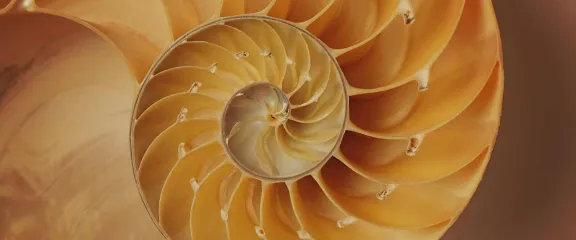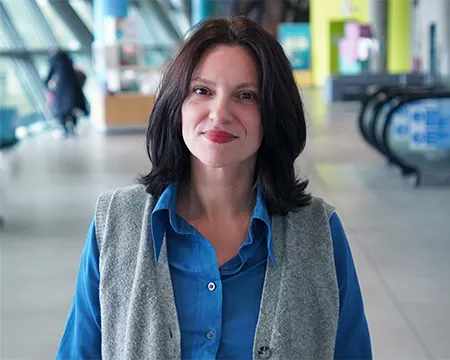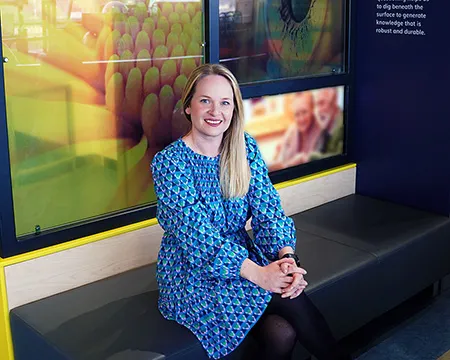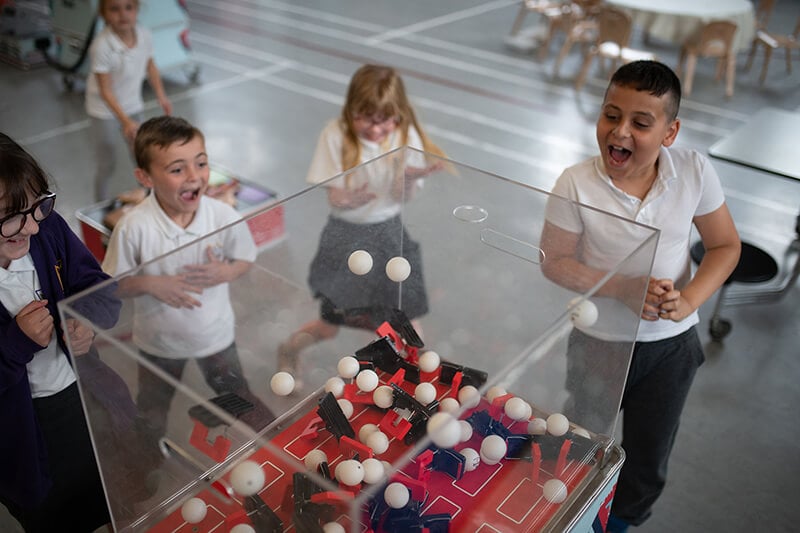The Beauty of Maths

Sheena McDonald, from the community learning team at Glasgow Science Centre wants us all to talk numbers.
Let’s talk numbers
I wonder how many of us have uttered the words ‘maths is beautiful’?
The hope is that by the end of a dedicated week of events and activities run by Maths Week Scotland, it will be a considerable lot more. This annual festival has been running since 2017 and helps to raise awareness of numeracy and mathematics inside and outside the classroom. This year's theme is the Beauty of Maths and it has been inspiring participation all over Scotland from 26 September to 2 October. The aim is to make us a maths positive nation and encourage people to be enthusiastic about maths.
Everyday maths
I have long suspected my own negative relationship with mathematics stemmed from my poor secondary school performance in the subject, rather than a lack of appreciation for numbers. Jump forward to now (more years than I care to count!) and I must relent that the maths teachers were right when they said: “Maths is in EVERYTHING”. It really is!
It would be nearly impossible to go a whole day without using maths. When you rely on the alarm to wake you up in the morning or measure the optimum amount of coffee, you’re using maths. When you catch a train, you are working out how much time it will take to get to your destination. When you are food shopping, you’ll be adding up costs, making decisions on value and looking at sell-by dates.
You can see a pattern here. Patterns, ha! That’s maths too.
Community participation
Glasgow Science Centre is running a series of workshops throughout Maths Week, for community members and their families. We are showing how maths and numeracy can be fun for adults and children alike. How do we plan to do that? Creatively of course. Taking the theme ‘Beauty’ as inspiration, we are setting out to demonstrate how maths appears in our everyday lives as well as its influence on art and culture.
Katie Oldfield, Maths Week Scotland co-ordinator, commented:
“We are thrilled to be launching Maths Week Scotland for its sixth consecutive year and to be involved in these fantastic activities at Glasgow Science Centre. After two years of a more restricted programme due to COVID-19, we’re so excited to be bringing back more interactive, in-person events.
“Mathematicians often refer to the subject as ‘beautiful’, and our aim is to inspire families, schools and community groups in Glasgow to view maths in a new way and to find it in unexpected places, such as art and music. We hope that this year’s activities will enthuse even more people as they discover how creative maths can be.”
Maths in music and art

We probably rarely consider maths when listening to our favourite tunes, but counting a beat, rhythm, harmonies and pitch are all connected to music. Without maths neuroscientists would not have discovered that Queen’s ‘Don’t Stop me Now’ was the most mathematically pleasing song.
Maths has long been associated with art. Both artists and mathematicians use geometry, shapes, symmetry and proportion in their work. Painters use perspective, sculptors rely on measurement and architects couldn’t design without algebra, trigonometry or probability and statistics.
Evidence from brain scans shows that looking at complex mathematical formulae can evoke the same sense of beauty as artistic masterpieces and music from the greatest composers. When mathematicians rated a formula for its beauty, the higher the rating, the greater the activity in the emotional centres of the brain.
Maths in nature
You may never have heard of the Fibonacci sequence, but it’s an interesting set of numbers. Let me explain, the next number in the sequence is found by adding up the two numbers before it: 0, 1, 1, 2, 3, 5, 8,13, 21, 34 and so on, infinitely. In celebration of this wonderful numerical pattern, Glasgow Science Centre included a Fibonacci Garden in our newly transformed outside space, which has become a focal point for visiting guests and passers-by.
Beauty in maths
During our Maths Week sessions, we’re overseeing the creation of a community-led art project inspired by the Fibonacci sequence and introducing participants to the Golden Ratio. This is related to the Fibonacci sequence and is considered the very essence of beauty. I can’t wait to see the beautiful results. If you are interested in finding out about this project, we’ll be sharing details on our website soon - watch this space!
Further Information
This blog post, written by Sheena McDonald from Glasgow Science Centre, is adapted from an article that first appeared in Glasgow Times in September 2022.
Community Learning
Visit out community learning webpages and learn how we engage local communities in STEM learning.





